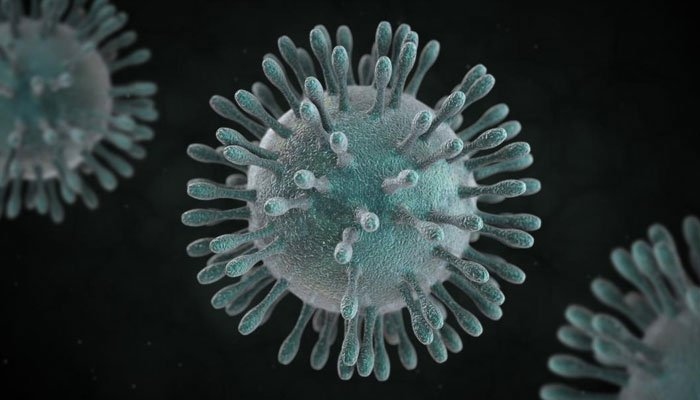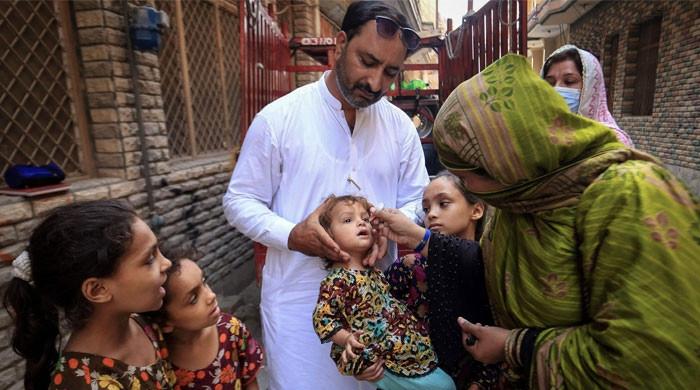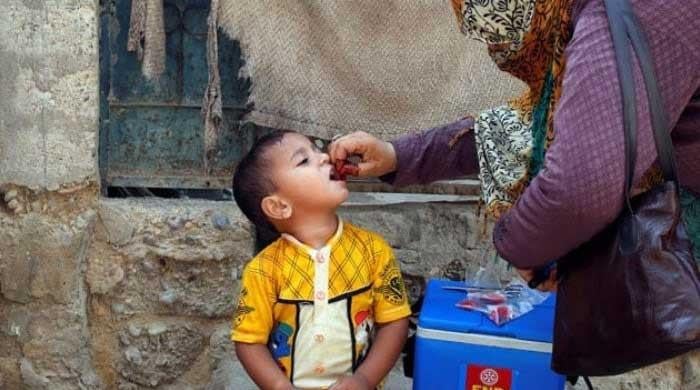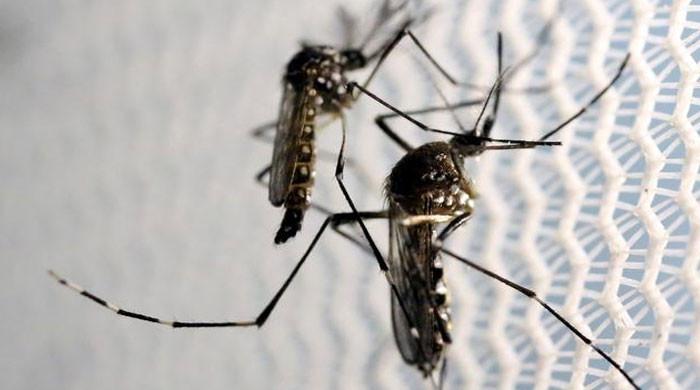COVID-19 might only affect children in coming years, US-Norwegian study suggests
Modelling study suggests COVID-19 pandemic may eventually evolve into an endemic in coming years
August 13, 2021

A US-Norweigian modelling study published on Thursday has noted that in the next few years, COVID-19 might behave like the common cold, affecting mostly young children, reported India Today on Friday.
The study highlighted that because the severity of the coronavirus is lower among children, the overall burden of COVID-19 is expected to decline in the coming years. It is likely that coronavirus will only affect children who are not vaccinated or haven't been exposed to the virus.
The study also predicted that the SARS-CoV-2 virus will become endemic in the global population, meaning it will be found only in particular people.
Ottar Bjornstad at the University of Oslo in Norway stated that the coronavirus has a clear signature and has increasingly severe outcomes with age.
The study suggests that the risk of infection will transfer to younger children as adults become immune either through vaccination or by exposure to the virus.
The study, published in the journal Sciences Advances, noted that similar patterns have been observed for other coronaviruses and influenza viruses as well.
Bjornstad added, “Historical records of respiratory diseases indicate that age-incidence patterns during virgin epidemics can be very different from endemic circulation.”
He further explained that ongoing genomic work has suggested that the 1889-1890 pandemic — Asiatic or Russian flu known to have killed one million people, primarily adults over 70 — might have been caused by the emergence of the HCoV-OC43 virus, which is now a mild cold virus affecting children between the ages of 7 to 12 months.
The researcher, however, cautioned that if the immunity to SARS-CoV-2 decreases among adults, the disease burden would most probably remain high in the group. He added that while previous exposure to the virus would lessen the severity, it will not provide immunity.
Bjornstad further expanded that evidence from previous studies on coronaviruses indicates that previous infections usually creates short-term immunity to reinfection allowing for outbreaks to reoccur.
The prior infection may provide the immune system with some protection against severe disease, but only vaccination provides stronger protection against the SARS-CoV-2 virus.
The study
The study involved developing a "realistic age-structures (RAS) mathematical model" which integrated demography, degree of social mixing and duration of infection-blocking and disease-reducing immunity to examine future scenarios for COVID-19.
The researchers analysed disease burden over immediate, medium, and long terms — 1, 10 and 20 years respectively.
The disease burden was examined for 11 different countries with widely different demographics. The countries included in the study were China, Japan, South Korea, Spain, UK, France, Germany, Italy, the US, Brazil, and South Africa.
Data acquired from the United Nations for each of these countries was utilised to specify the model and the team assumed that the level of transmissibility (R) is linked to the level of mobility that day.
The model incorporated various scenarios for immunity, including both the independence and dependence of disease severity on prior exposure, and shot and long-term immunity.
Ruiyun Li, a postdoctoral fellow at the University of Oslo, said, "For many infectious respiratory diseases, the prevalence in the population surges during a virgin epidemic but then recedes in a diminishing wave pattern as the spread of the infection unfolds over time toward an endemic equilibrium."
He added that depending on the immunity and demography, the RAS model supports the observed trajectory in a virgin pandemic. The RAS model predicts a vastly different age structure at the start of COVID-19 versus the eventual endemic.
Predictions
According to the model, researchers have noted that in the situation of long-lasting immunity, young people are predicted to have the highest rates of infection and older people are likely to be protected from newer infections due to prior infections.
Associate Professor at Princeton University Jessica Metcalf noted that the RAS model predictions would only hold true if the reinfections only produce mild disease.
She added that the burden of mortality may remain unchanged if primary infections do not prevent reinfections or mitigate severe disease among the elderly.









